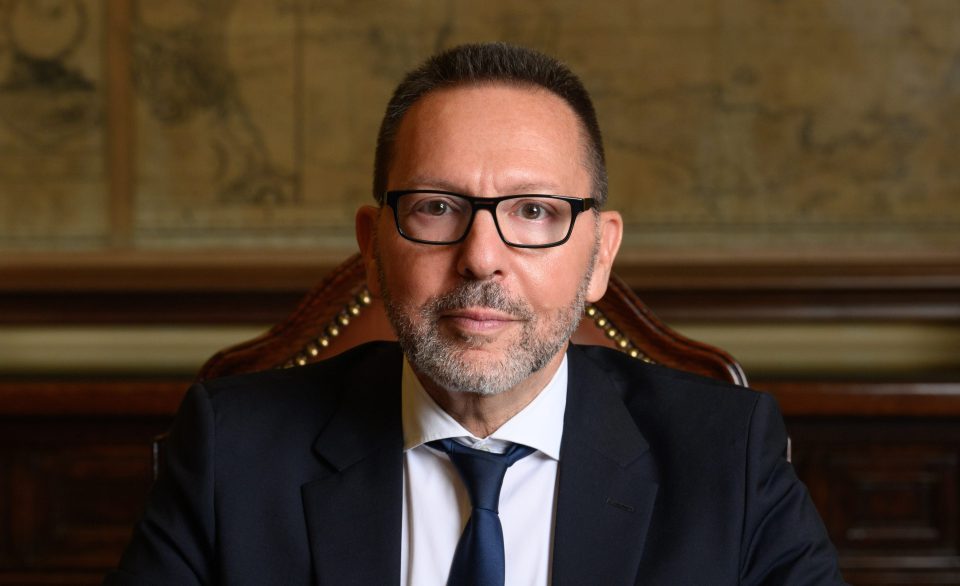Allgemein
Interview with ECB Governing Council member Stournaras: „There is a risk of inflation falling below the 2% target“
PLATOW-Redakteur Jan Mallien im Interview mit Yannis Stournaras, Gouverneur der Bank von Griechenland und Mitglied des EZB-Rates.

Lesen Sie PLATOW Börse jetzt weiter.
Kennenlern-Angebot
1 Monat unverbindlich für 7,99 EUR testen
- DAS fundierte Aktien-Briefing für Deutschland
- 3x wöchentlich Fakten statt Hype zu deutschen und internationalen Aktien
- Tiefe Expertise und erfolgreicher Track-Record über 28 Jahre
- inkl. Immobilien Report mit fundierten News & Analysen zu Aktien und Fonds
- monatlich kündbar

